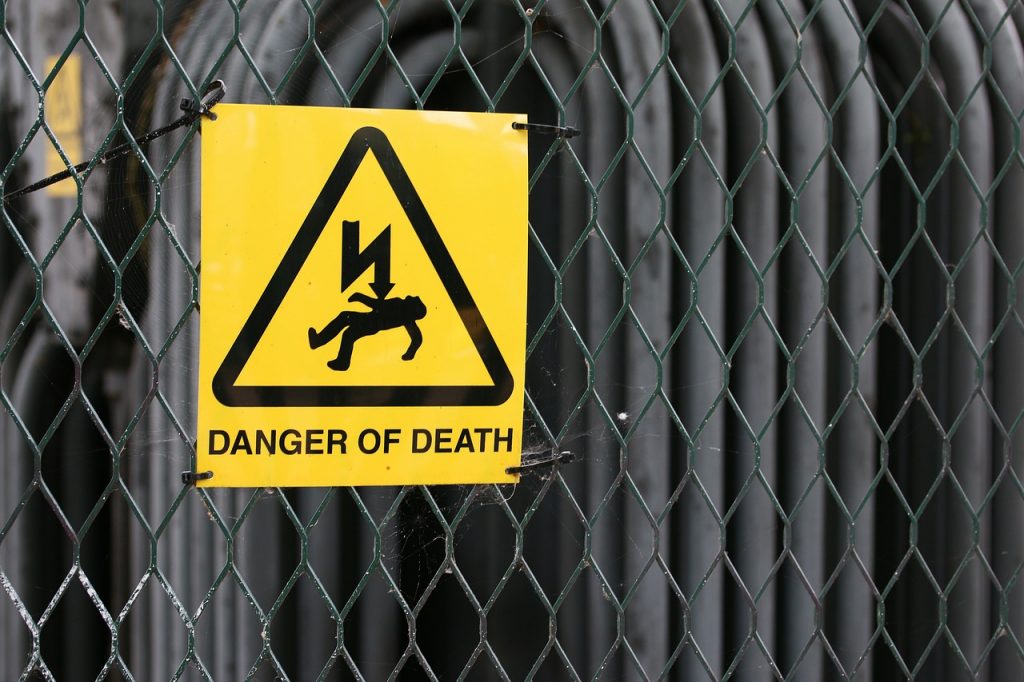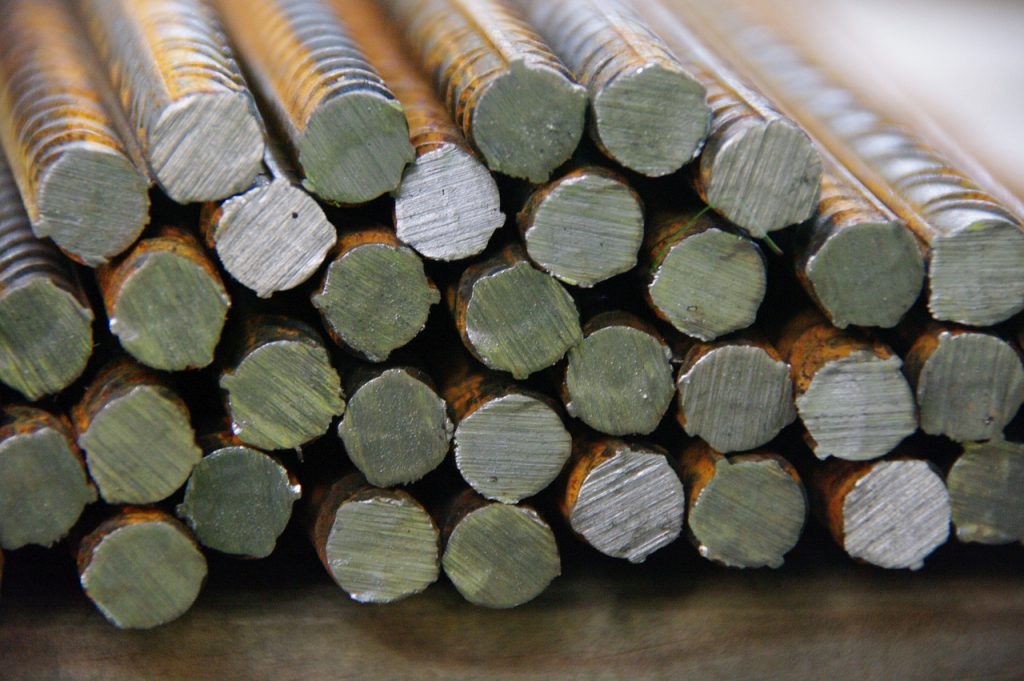Stuck trying to figure out how to ground a generator?
Don’t worry, this is a known issue. In fact, thousands of people who want to be prepared for winter storms are struggling with it.
The good news is you’ve come to the right place to learn how to ground a portable generator properly.
To ground a generator, you’ll need to install the copper ground rod by driving it into the ground at least 8 ft (2.44 m). Then, you’ll need to strip the copper wire and wrap it around the rod. Finally, secure the other end of the wire to the grounding bolt on the generator.
Keep reading to learn more about this process!
Do You Need to Ground a Generator?
Let’s get this out of the way first.
There are several risks involved with using a portable generator, one of which is electrocution. Grounding protects you by displacing excess electricity—meaning the shock goes elsewhere, not into your body.

However, not all generators need to be grounded. Here are the criteria.
Does your generator need to be grounded?
| Do you plan to plug your appliances directly into the generator with extension cords, and NOT directly connect the generator to your circuit breaker? | Yes | No |
| Are all parts of your generator including the fuel tank, the engine, the housing, and the power receptacles bonded to the frame of the generator? | Yes | No |
If you want to get any replacement part – or see how much one would cost – click to enter your model number in the search bar below. Our partners at AppliancePartsPros stock almost every part with free guides on how to install them.

If you answered yes to both, then your generator does not need to ground with a rod. The reason for this is that the frame of the generator works as a grounding rod.
If you answer no to one or both of the above, please keep reading to learn how to ground a generator.
What Tools You’ll Need to Ground Your Generator
Before we get to the actual process, make sure you have the tools to do the job.
These are required:
- A grounding rod*
- High-quality copper grounding wire
- Wire strippers
- Hammer
- Pliers
- Wrench
- Protective fittings or clamps
These are optional:
- Water
- Shovel
- Soldering iron
*A little bit more about the choice of grounding rod.
There are some rules that need to be followed here. The above-mentioned National Electrical Code has some standards that must be adhered to.
- The rod has to be at least 8 feet (2.44 m) in length
- The rod has to be at least 5/8 inches or about 16 mm in diameter
How to Ground a Generator: 3 Easy Steps
Once you have all the tools needed, it’s time to ground your portable generator. This may sound like a difficult thing to do, but it’s really quick and simple. You’ll just need to:
#1 Install the grounding rod.
Install the grounding rod by driving it into the ground at least 8 feet (2.44 m).
If the ground is dry and hard, use water to soften it up. You may also need a sledgehammer.
If you run into a problem with hitting rock before hitting 8 feet (2.44 m) in depth, there’s also an option to install the rod at an angle. However, the angle can not exceed 45 degrees and the rod must still be buried in a trench at least 30 inches (0.76 m) below ground level.
#2 Wrap copper wire around the rod.
Once you’ve installed the grounding rod, you’ll need to use the wire strippers and remove some insulation from the wire.
Using pliers, tightly wind it around the rod. You also have the option of soldering the wire to the rod.
#3 Ground the generator.
Your generator will have a bolt for the purpose of grounding. Loosen it up a bit with a wrench, wrap the wire around it, then tighten it back up again. You have the option of soldering it in place as well.
What Happens If You Don’t Ground a Generator?
Potentially? Very bad things.
Grounding may take a bit of muscle, but in the long run, it’s a simple thing to do that could save you from a lot of pain—physically and financially.

As mentioned above, there is the risk of electrocution. Spend a few moments imagining yourself as a crispy critter. Not a nice thought, right?
You also run the risk of damaging your electrical equipment. Just like you could fry yourself, you could also damage your generator. And it will cost you a lot to replace it—and anything else affected.
Voltage spikes and surges are very common when you turn appliances on and off. A generator that hasn’t been grounded offers no protection from spikes, whether they occur naturally or not. In turn, your wiring could overheat, along with the appliances connected to them, even causing them to catch fire.
The generator itself could catch fire in this situation.
Can Rebar Be Used as a Grounding Rod?

If you do a quick Google search, you’ll notice there are all types of answers for this. Some say yes. Others say no. Fortunately, I’ve got the right answer for you. And it comes right from the NEC (National Electrical Code).
And to be fair, the code has been revised, so that’s likely the reason for the different answers. According to a 2017 revision of the code, “if a rebar-type concrete encased electrode emerges from the concrete and has contact with the earth, it must have corrosion protection.”
That has been clarified since earlier revisions of the code stated that rebar shouldn’t be used because it could corrode. So as long as there is corrosion protection, you are good to use rebar.
Conclusion
I thoroughly believe in having a generator.
But I lived through an ice storm in 2013 and my house didn’t have power for 8 days. After a day of roughing it, I was fortunate enough to have somewhere else to go.
Many people don’t have that luxury. And they are stuck in their homes, desperately trying to find a way to stay warm. But with the information and warnings provided above, you’ll know what to do should you decide to buy a generator.
Thanks for reading. I hope you’re warm and toasty wherever you are. Since you’re already here, why not check out the related articles below?








